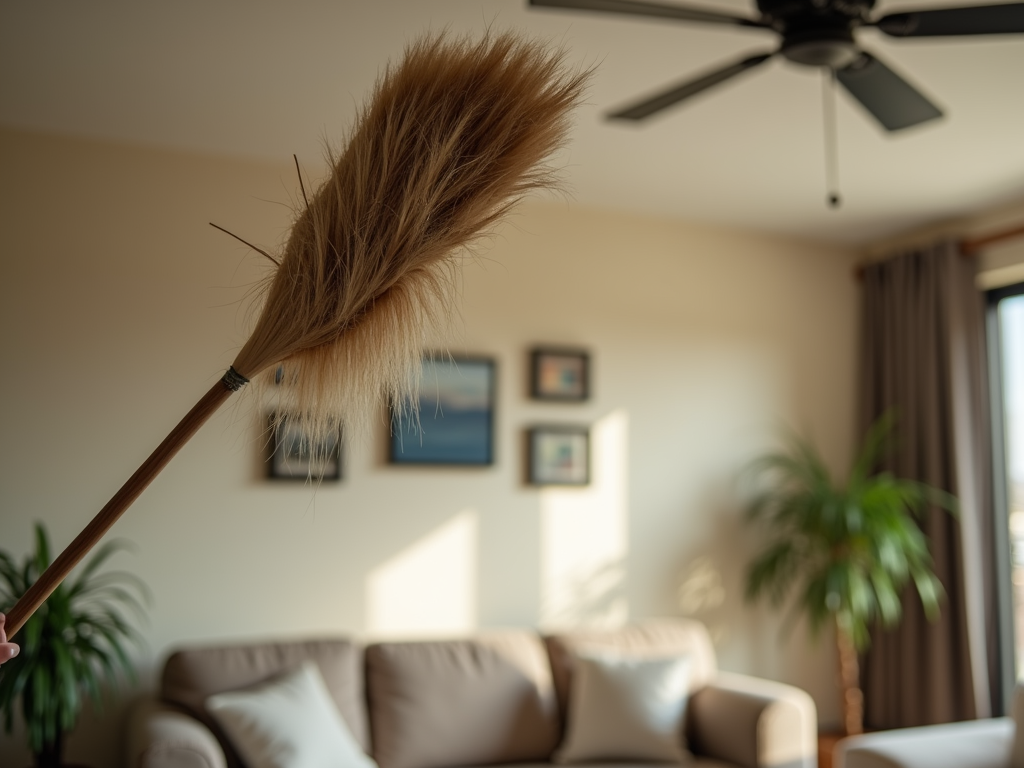When springtime unfurls its colors across gardens and hillsides, the joyful bloom of daffodils and narcissus flowers is a sight to behold. Yet, amidst the beauty, one might ponder—are jonquils and daffodils the same thing? And further, what do narcissus flowers look like? While common folks might use these terms interchangeably, there are subtle but important differences to note. Each flower has its unique charm and characteristics. This article aims to unveil the narcissus vs daffodil difference and provide clarity on the variety of flowers that look like daffodils but hold their distinct identity.
Introduction to the World of Daffodils and Narcissus
What’s in a Name? The Confusion Unveiled
Navigating through the language of flowers, we aim to answer questions like, “What’s a daffodil look like?” and “Are jonquils and daffodils the same thing?” Indeed, jonquils are a specific type of daffodil recognized by their rounded leaves and clusters of fragrant flowers. The term “Narcissus” is the genus that encompasses a wide array of species including what we commonly recognize as daffodils. Meanwhile, “daffodil” is the common name often used for traditional varieties bearing golden, long trumpets and leafless stems—a symbol that spring has indeed arrived.
The Botanical Connection
In order to understand the narcissus vs daffodil difference, it’s essential to recognize the shared lineage within the Amaryllidaceae family. Both daffodils and other narcissus variants are grouped together taxonomically, though when people inquire about what do narcissus flowers look like, they may not realize the breadth of appearances that fall under this genus. Daffodils, with their iconic look, represent just one facet of the Narcissus genus, which boasts a stunning range of forms and colors.

Descriptive Identification: Daffodil Traits
Visual Characteristics
Often, people ask, “What’s a daffodil look like?” These flowers are easily distinguishable by their bright yellow blossoms that are sometimes mixed with shades of white, orange, and even pink. They have a central trumpet-shaped corona that has become emblematic of what many consider a quintessential sign of spring.
Preferred Habitats
For beginners interested in gardening, knowing the preferred habitats for these springtime favorites is essential. Daffodils are considered hardy bloomers with a preference for well-drained soil and sunny to partial shade spots. They need a period of cold during winter to bloom vibrantly, giving gardeners a rewarding display year after year.
Diving into Narcissus Features
Varietal Differences within Narcissus
Beyond the common daffodil, the Narcissus genus includes a tapestry of diversity where we may find flowers that look like daffodils and yet are distinct. Some people question what do narcissus flowers look like when they differ from the classic daffodil shape. Indeed, they can range from the delicate petals of ‘Narcissus Canaliculatus’ to the lush, double-flowered ‘Narcissus Tahiti’. Here’s a glimpse into the various kinds of narcissus, showing the breadth of this flower genus:
- Trumpet Narcissus – featuring a long, central trumpet
- Large-Cupped Narcissus – with a prominent but shorter cup
- Double Narcissus – showcasing multiple layers of petals
- Jonquilla – known for their fragrant blossoms and reed-like leaves
Growing Conditions and Care
Acknowledging the variety that exists within the genus, daffodils and the broader range of narcissus flowers require similar basic care. Well-drained soil and adequate sunlight are crucial, but some narcissus variants are even more adaptable to diverse climates than the common daffodil.
| Feature | Daffodil | Narcissus |
|---|---|---|
| Botanical Name | Narcissus (specific group within) | Narcissus (genus) |
| Common Name Use | Often refers to traditional yellow, trumpet-shaped varieties | Encompasses all members of the genus, including daffodils and jonquils |
| Flower Structure | Typically features a central trumpet surrounded by six petals | Can vary from simple cups to intricate doubles or tiny blooms |
| Cultural Significance | Emblem of spring and rebirth | Varied significance, including winter-blooming varieties like paperwhites |

The Cultural Significance and Symbolism
Folklore and Literary References
When we consider the narratives surrounding these flowers, the cultural tapestry woven by daffodils and narcissus blooms is remarkably rich. Steeped in mythology and poetry, the name “Narcissus” itself is derived from the Greek myth of a young man enamored with his own reflection, giving rise to a symbolism of self-love and vanity. The humble daffodil, on the other hand, has been immortalized in the words of William Wordsworth, who spoke to their ability to captivate and provide introspective joy.
Symbolic Uses in Different Cultures
Daffodils have a storied history in various cultures around the world. In China, they’re celebrated during the Lunar New Year as symbols of prosperity. The arrival of the first daffodils in the British Isles is often hailed as the harbinger of spring; likewise, they hold significance during the Tenby Daffodil Festival in Wales. Narcissus flowers, particularly the paperwhites, are commonly associated with the holiday season and viewed as emblems of hope and renewal in many Western cultures.
Horticultural Practices: Cultivation and Maintenance
Planting Tips
Success with these flowers begins with the right planting strategy. The bulbs should be planted in the fall, a few inches deep, with the pointed end facing upwards. Both daffodils and narcissus varieties prefer soil that’s fertile and well-drained. Here are some steps to ensure bulb health and flower vitality:
- Choose a sunny or partially shaded spot with good drainage.
- Plant bulbs at a depth equal to three times the height of the bulb.
Ongoing Care and Common Pests
Adequate aftercare will guarantee that your flowers thrive. Regular watering during the growing season, especially in periods of drought, is vital, whereas overwatering can be detrimental. Once daffodils and narcissus flowers have bloomed and the petals begin to fade, it’s crucial to remove the flower heads to conserve the bulb’s energy. However, the leaves should be left to die back naturally to provide nutrients for the next year’s growth. These plants have a few common pests, such as bulb flies and aphids, which garden enthusiasts should watch for and manage accordingly.

Conclusion: Embracing the Unique Qualities of Each
In conclusion, while daffodils and narcissus may be interchangeably named and closely related, it is their unique characteristics that delight gardeners and floral enthusiasts alike. By acknowledging each flower’s unique beauty and cultural significance, we can appreciate their individual stories and contributions to the rich tapestry of spring blooms. As we cultivate our gardens and landscapes, let us celebrate the diversity and splendor that these flowers bring.
FAQs
- What are the most significant differences between a daffodil and a narcissus?
The most significant difference lies in the terminology; “daffodil” typically refers to a specific set of well-known, trumpet-shaped flowers within the Narcissus genus, while “narcissus” is the broader term for all flower varieties within that genus. Morphological distinctions like the size and shape of the corona also help set them apart. - Can daffodils and narcissus be planted together?
Yes, daffodils and narcissus can be planted together as they have similar growing requirements. The variations in blooming time and flower structure can create a diverse and prolonged floral display within a garden. - How can I tell a daffodil from a narcissus?
Since all daffodils are technically narcissus, looking for flower structure is the best way to determine the “traditional” daffodil. Daffodils have a distinct trumpet-shaped corona surrounded by a star-shaped set of petals, while other narcissus varieties could exhibit different corona shapes and sizes. - When is the best time to plant these flowers?
The best time to plant daffodils and narcissus bulbs is in the fall, ideally about 2 to 4 weeks before the ground freezes. This allows the bulbs to establish roots before winter. - Are there any cultural taboos associated with daffodils or narcissus?
Cultural significance can vary drastically, but in some traditions, daffodils should not be gifted in a solitary state, as it may symbolize misfortune. It is always best to present daffodils in a bouquet to ensure a positive connotation of joy and friendship.



